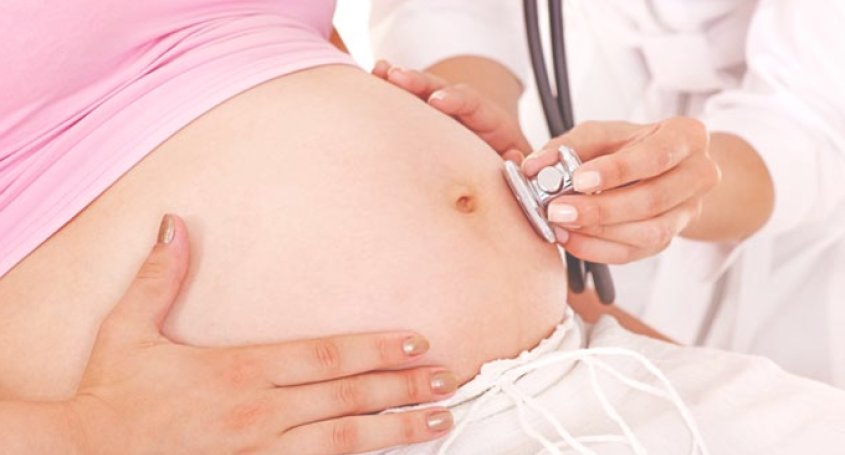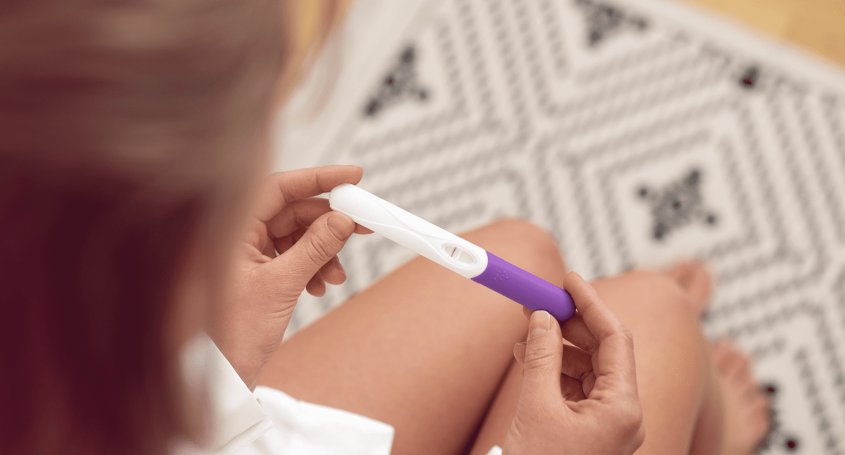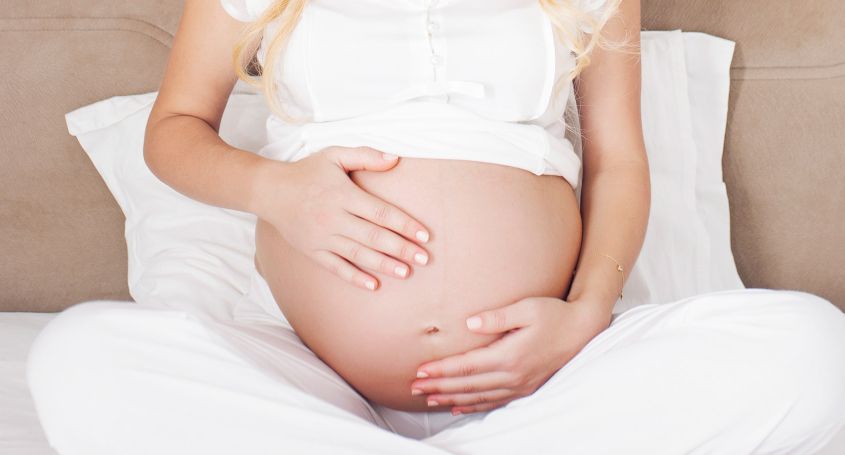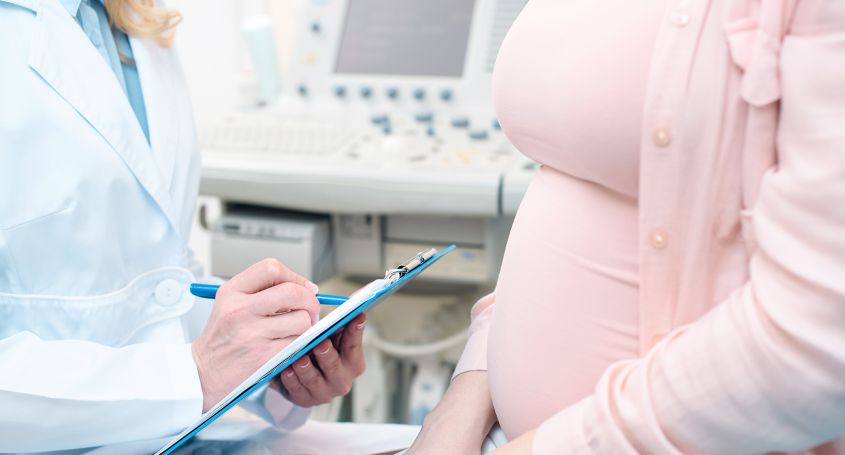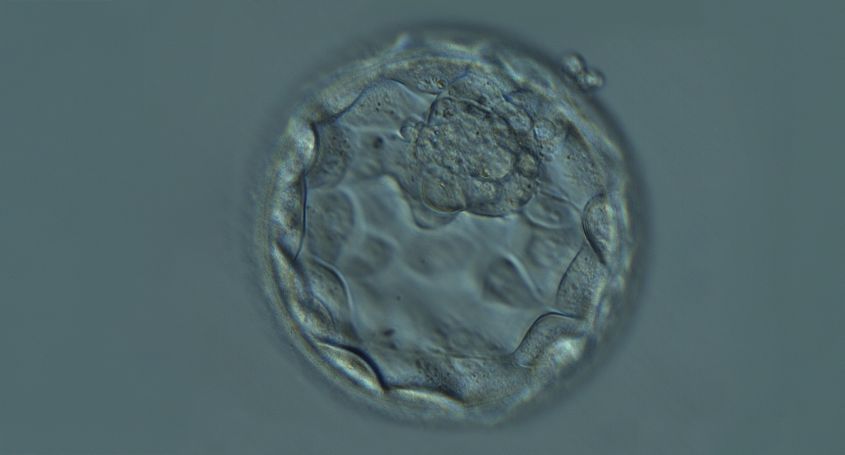In general terms, a pregnancy achieved after assisted reproduction treatment has more risks than one achieved naturally. This is mainly due to three reasons:
- Patients with infertility problems are older than patients who carry a natural pregnancy
- There are more multiple pregnancies, which carry a higher risk than a single pregnancy
- The problem caused by infertility can sometimes also put you at increased risk for problems during pregnancy.
No study to date has been able to show that the use of assisted reproductive techniques in itself is a reason for an increased risk of obstetric problems.
Pregnancy, reduce risks
Therefore, to minimize the risks of pregnancy, it is the responsibility of the medical team to look beyond the positive pregnancy test and try to get the woman pregnant in the best possible health conditions. This usually involves achieving an adequate weight, stabilizing hormonal problems such as thyroid problems or abandoning the use of toxic substances, for example.
Age
As for age, there is no limit beyond which a woman cannot become pregnant. It is true that the risks increase as the patient increases, but this increase is progressive and individual and occurs equally among those who gestate naturally as among those who achieve it with help.
Controls
That is why most of the time the control of pregnancies achieved after assisted reproduction treatment is carried out in the same way as in natural pregnancies. It is clear that a woman with twins or older women may have greater risks, but as we have said, these are not determined by the way in which pregnancy has been achieved.
Parturition
One thing that is true is that the rate of caesarean sections is higher after fertility treatment. This increase is determined both by the older age of the patients, who have more problems for a vaginal delivery, and by the fact that these fetuses are considered very valuable due to the circumstances in which they have been obtained, which often conditions a more active behavior on the part of the gynecologist if the delivery is not fluid.
